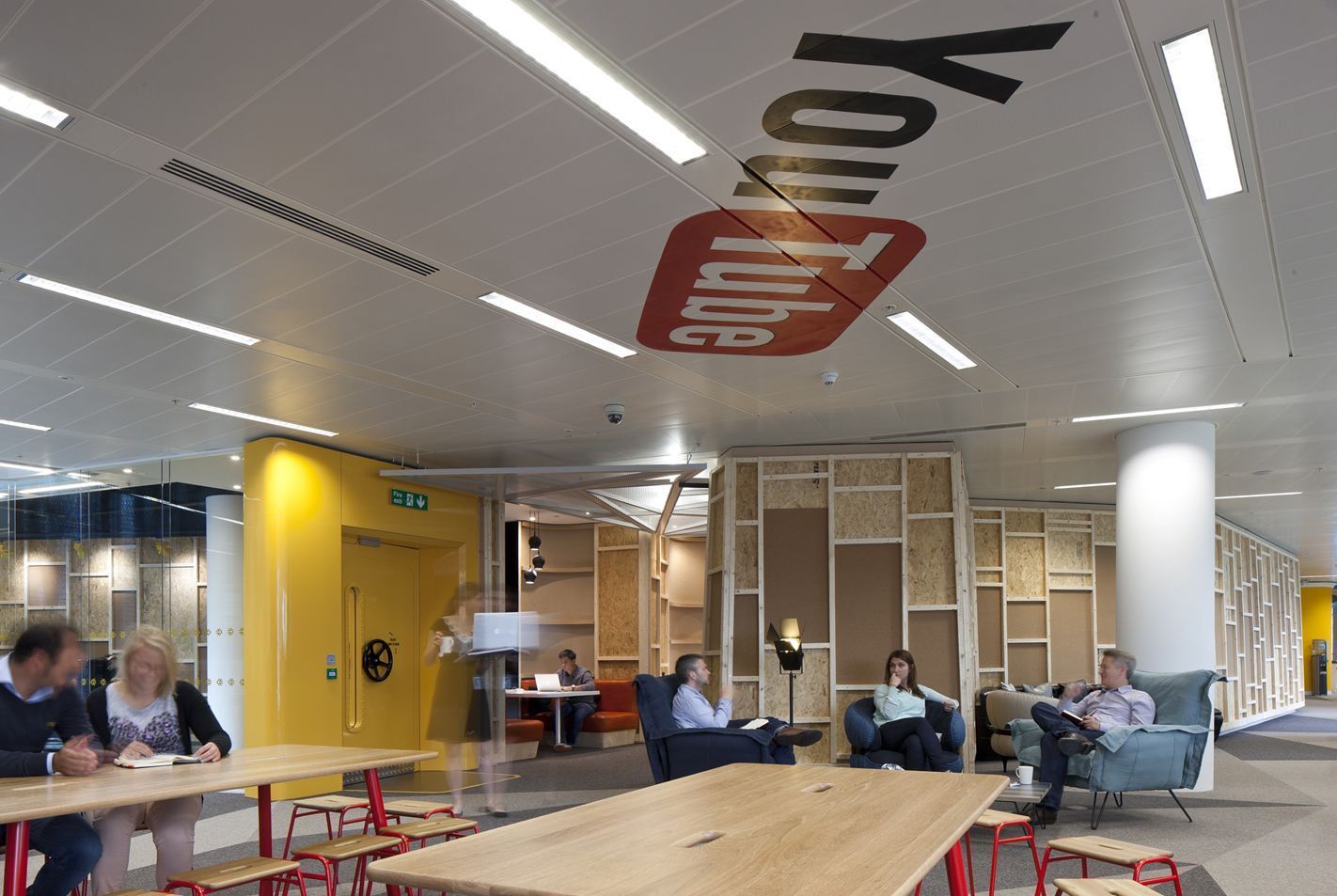The latest sales results released by Alphabet – Google’s parent company – have showed a 21.3% increase in second quarter revenue, driven primarily by strong sales of mobile and video adverts. It’s further proof – as if any was needed mobile – that has taken over. It’s also clear that video content is going from strength to strength, as consumers’ data plans become ever more forgiving, and watching video content while waiting for the bus becomes more and more feasible. So what does this mean for digital marketers, and how can we future proof the work that we do? Here’s four talking points from the announcement.
Is this really a surprise?

To those in the know, it doesn’t really come as a huge surprise that mobile is performing well. The amount of users browsing on their mobile eclipsed the number browsing on their desktop in 2014, and had been threatening to do so for a number of years before that. So, every digital marketer worth their salt has been incorporating mobile into their strategy for some time now.
The vital part now is deciding how exactly to balance the dual demands of mobile and desktop marketing. Just because mobile has overtaken desktop doesn’t mean that desktop is unimportant – and it will likely remain important for some time. Marketers need to keep an eye on trends, and ensure they’re up to the minute when assembling their digital marketing strategies. For example, there’s no point ploughing 50% of your resources into desktop, when over 50% of the Internet’s user base are on mobile. The user share of the two is always changing, so make sure you’re clued up.
Reports of desktop’s death are greatly exaggerated
Your strategies certainly shouldn’t be ignoring desktop though. While it can be tempting to try and remain ahead of the curve, and to put all of your resources into mobile, there’s definitely still a place for desktop marketing in 2016. Don’t forget, as recently as a few years ago desktop still reigned supreme, and you can’t underestimate the fact that office workers around the world are using desktop web for up to 50 hours each, every single week. Desktop may be on the decline but it’s not dead yet.
Getting social
Studies have shown that users are twice as likely to share content on social media while browsing on mobile. This is great news for digital marketers. If you can create mobile content that really resonates with people, you’re more likely for it to spread across the web than if you created it for desktop.
And there’s absolutely no doubt that this is valuable for a business. The evidence is quickly stacking up that social media influences the buying decisions of consumers. According to research by Social Media Today, 4 out of 10 social media users have purchased an item after either sharing or marking it as a favourite on Facebook, Twitter, or Pinterest.
The rise and rise of video content

The writing has been on the wall for some time, but it’s now undeniable – video is a hugely important tool for digital marketers in 2016. In 2015 the average number of daily video views on Facebook doubled, from four billion to eight billion. The launch of Facebook Live and Periscope – allowing people to watch and broadcast content in real time – have proven wildly popular.
And not only are plenty of people watching video – it’s affecting their buying decisions too. Users who watch video content have been proven to be nearly 2 times as likely to purchase than non-viewers, while more than half of digital marketers say that video provides a good return on investment. It’s even been predicted that 74% of web traffic will come from video content in 2017.
If you’re not using video now as part of your campaigns, you need to be.



